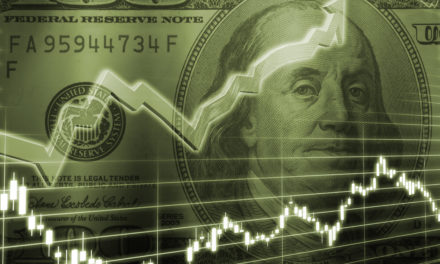
“When we own portions of outstanding businesses with outstanding managements, our favorite holding period is forever.”
— Warren Buffett
This inspiring quote from Warren Buffett teaches us the importance of considering our investment time horizon when approaching any given investment: Could we envision ourselves holding the stock we are considering for many years? Even a two-decade holding period potentially?
For “buy-and-hold” investors taking a long-term view, what’s important isn’t the short-term stock market fluctuations that will inevitably occur, but what happens over the long haul. Looking back 20 years to 2004, investors considering an investment into shares of Texas Instruments Inc. (NASD: TXN) may have been pondering this very question and thinking about their potential investment result over a full two-decade time horizon. Here’s how that would have worked out.
| Start date: | 05/06/2004 |
|
|||
| End date: | 05/03/2024 | ||||
| Start price/share: | $25.08 | ||||
| End price/share: | $178.91 | ||||
| Starting shares: | 398.72 | ||||
| Ending shares: | 609.33 | ||||
| Dividends reinvested/share: | $35.46 | ||||
| Total return: | 990.14% | ||||
| Average annual return: | 12.68% | ||||
| Starting investment: | $10,000.00 | ||||
| Ending investment: | $108,948.40 | ||||
As we can see, the two-decade investment result worked out quite well, with an annualized rate of return of 12.68%. This would have turned a $10K investment made 20 years ago into $108,948.40 today (as of 05/03/2024). On a total return basis, that’s a result of 990.14% (something to think about: how might TXN shares perform over the next 20 years?). [These numbers were computed with the Dividend Channel DRIP Returns Calculator.]
Dividends are always an important investment factor to consider, and Texas Instruments Inc. has paid $35.46/share in dividends to shareholders over the past 20 years we looked at above. Many an investor will only invest in stocks that pay dividends, so this component of total return is always an important consideration. Automated reinvestment of dividends into additional shares of stock can be a great way for an investor to compound their returns. The above calculations are done with the assuption that dividends received over time are reinvested (the calcuations use the closing price on ex-date).
Based upon the most recent annualized dividend rate of 5.2/share, we calculate that TXN has a current yield of approximately 2.91%. Another interesting datapoint we can examine is ‘yield on cost’ — in other words, we can express the current annualized dividend of 5.2 against the original $25.08/share purchase price. This works out to a yield on cost of 11.60%.
One more piece of investment wisdom to leave you with:
“Invest for the long haul. Don’t get too greedy and don’t get too scared.” — Shelby Davis




